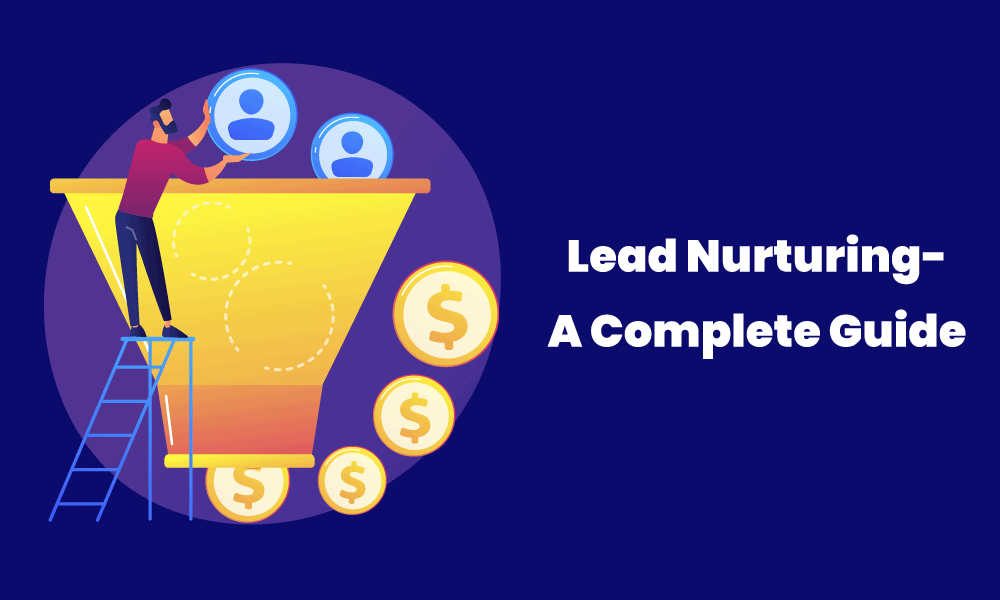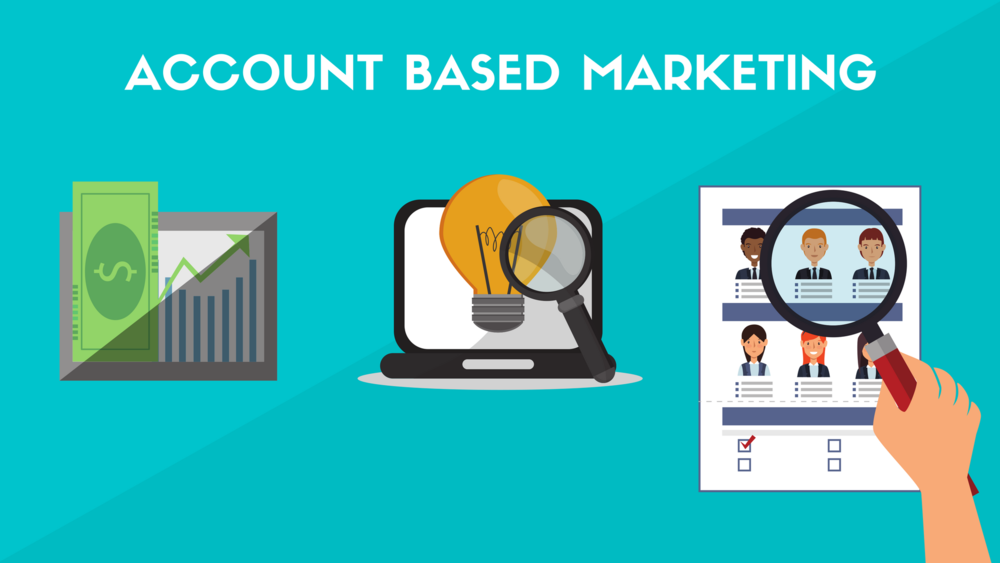For success in today’s digital marketing age, advanced lead nurturing through social media content is essential. Personalization and segmentation of campaigns must be focused on targeting a variety of potential leads; leveraging multi-channel campaigns to reach them. By utilizing tools such as lead nurturing analytics and optimization software or automated systems like relationship management platforms for B2B customers, businesses can bolster their lead nurturing processes significantly while gaining tremendous insights about customer preferences and behaviors throughout the journey. To maximize your ROI from campaigns, it’s important to follow up with timely communication in an effective manner: Proper planning helps leverage resources most effectively by harnessing tools that enable automation while still promoting personalization.
Today’s businesses need advanced lead nurturing strategies to remain competitive. Social media content personalization, segmentation, and multi-channel campaigns are essential elements of an effective strategy. Lead nurturing analytics & optimization can help you maximize the impact of your lead nurturing efforts, while automation tools provide a fast and efficient way to interact with potential customers in real time. Take advantage of these technologies today to get ahead in the digital world!
Lead nurturing is the process of building relationships with potential customers and guiding them through the sales funnel. Advanced strategies involve a more personalized and targeted approach to engage and convert leads.
Here are some key strategies and tips to execute them effectively:
1. Segment your leads: Divide your leads into specific segments based on demographics, interests, behavior, or buying stage. This will enable you to tailor your communication and offers to each segment’s needs and preferences, increasing the likelihood of conversion.
2. Personalize your messaging: Use marketing automation tools to send personalized content and messages based on each lead’s behavior, preferences, or previous interactions. This could include targeted emails, relevant offers, or specific content that addresses their pain points.
3. Provide valuable content: Create a content strategy that delivers value to your leads at each stage of the buyer’s journey. This could include informative blog posts, e-books, webinars, or case studies that address common challenges or provide solutions related to your business offerings.
4. Use multi-channel communication: Engage with leads through various channels such as email, social media, chatbots, or retargeting ads. This ensures that you reach them through their preferred channels and maintain consistent communication throughout their journey.
5. Implement lead scoring: Assign scores to leads based on their engagement level, interests, and behavior. This helps prioritize your efforts towards leads that are more likely to convert and allows you to tailor your communication accordingly.
6. Employ marketing automation: Utilize marketing automation software to automate repetitive tasks, such as sending emails or monitoring lead behavior. This frees up time for your team to focus on more strategic activities while ensuring consistent and timely follow-ups with leads.
7. Measure and analyze results: Regularly track and analyze the performance of your nurturing campaigns. This will help you identify what strategies are working, and what can be improved, and allow you to make data-driven decisions to optimize your lead nurturing efforts.
Remember, the key to executing successful lead nurturing strategies is to be timely, relevant and focused on providing value to your leads. By implementing these advanced strategies, you can effectively nurture leads and guide them toward becoming loyal customers.





